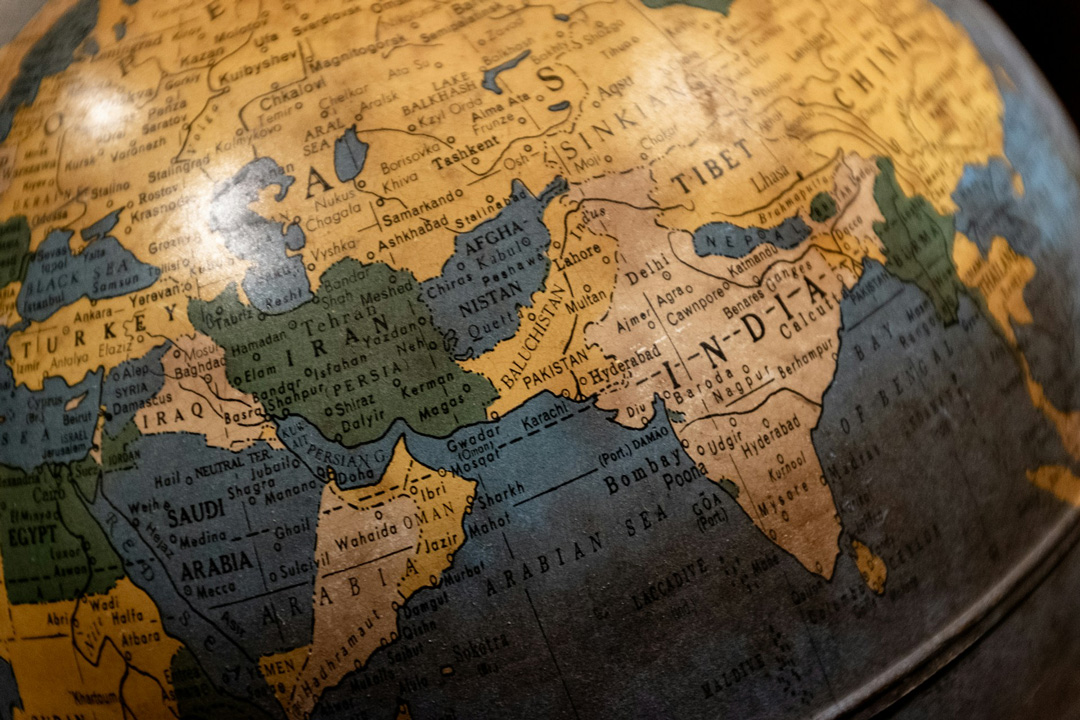Once you’ve reached a certain point in the ecommerce world, there’s going to come a time where you start to focus on selling internationally. Your store probably has a number of international customers and you’ve realized that this growing demand abroad could become a real opportunity for your business.
Selling online internationally is a lot trickier than it seems. There are shipping, payment, and logistical hurdles that you must figure out. Your goal should be to create the same experience internationally as you have domestically. Right off the bat, you know if you’re shipping products from your domestic third party logistics partner then your overseas customers are having to wait longer than they should to receive their orders.
Your First Step In
If you’re driving traffic to your ecommerce company through a social media strategy, chances are you’re already hitting a international audience. As orders begin to trickle in worldwide, you should start making a note of where most these customers are based. This data will help you determine where you want your first international third party logistics partner based.
Some countries like China will often require you to setup a foreign owned entity in their country to conduct business there. Though this sounds like quite a undertaking, most countries have made the process to start a legal entity relatively easy. Other global marketplaces like Tmall may also require a deposit ($25,000 to sell on Tmall) to sell on their platform as a global merchant. There will often be annual fees and commissions you as a seller need to pay, similarly to selling on Amazon here in America.
With that in mind, if you’re already setup on Shopify or BigCommerce, you are set to sell internationally and your online storefront can even be translated into different languages to fit different markets.
Understand Local Buying Trends
One of the biggest misconceptions about selling internationally stems from local buying trends. What works domestically isn’t always going to work overseas. You should leverage research tools available from government agencies like the U.S. Small Business Administration and Export.gov. Both offer free planning tools and downloadable templates to help you find the best markets for your products, develop pricing strategies and more.
While you’re at it, you should gain insights into a area’s spending patterns and from which countries they typically buy. For instance, online shoppers from smaller countries are probably more likely to make international purchases, and they’ll likely spend in larger international markets like the U.S., Canada and Australia.
A helpful resource is PayPal’s PassPort site, which has a wealth of information about global buying trends for specific countries.
For instance, you can see top shopping categories, how often shoppers purchase from countries like the U.S., buying motivations and potential barriers by country. It also summarizes the local customs, trends, taboos and even holidays of each country so your brand offers a truly localized shopping experience for customers.
Make Payments Seamless
One of the challenges any ecommerce company faces stems from payment fraud. Even selling domestically can be rite with either straight up fraud or chargebacks. Though there are many apps that help combat this, when you transition to a international focus, there can be even more fraud.
Additionally, you’re going to want to handle payments in a form that makes sense to the local market. As an example, 60% of payments are by direct debit in the Netherlands, while Germans make 46% of payments by online bank transfer. Most people will also prefer paying in a familiar currency, ideally their local currency. Some global payment providers will let you list products in a number of different currencies. If that’s a tool your provider offers, use it. If you’re not offering payment in local currency, make sure to give a currency conversion so customers can see what they’re paying.
When it comes to choosing a payment provider, focus on one with strong security and easy integration.PayPal, for instance, consistently ranks among the top payment methods for international payments because of its security, purchase protection and ease of use across multiple devices.
Clarify Your International Business Operation
As you dive deeper into a international operation, you are most likely going to have to choose a international third party logistics partner to work with. The same steps you use to qualify a third party logistics partner domestically can be applied internationally. Now, with inventory across borders, it’s going to become even more important to effectively manager inventory.
Companies who get in a situation where they have customers domestically but their inventory is at their warehouse abroad end up in a tricky situation. This is why inventory allocation becomes so important as you grow internationally.
For a ecommerce company that is just expanding internationally, you probably won’t have a lot of international sales history to go off of so we typically recommend shipping product in increments from your factory as demand grows in your new market. This enables you to manage your expansion risk as you don’t know the volumes you’ll be selling there right off the bat.
Stay Legal and Safe
As you expand to other areas of the world, you’re going to have to understand the tax implications that comes with selling internationally. As an example, if you sell in Europe, you’re going to need to know about VAT.
If you’re a non EU based business selling goods into Europe, you must keep in mind who is the importer on record. For most, it is usually the customer who is asked to pay the import tax by the shipping courier. Customers often become disgruntled from these added fees, as these VAT taxes are often quite high (17%-27% depending where you are).
When you decide to partner with a fulfillment center in Europe, you need to keep in mind who becomes responsible for the goods. This stock is now held within the EU, and is still owned by you which has created a “taxable supply” and raises the immediate need for a VAT registration. There is no threshold to exceed.
If you decide to use a distributor or agent, the same VAT liability may not apply – it will depend on your contract with them and who has ownership of the goods. To find out check your contract and speak to an expert.
Grow to the Next Level
Though it may not make sense for all ecommerce companies to sell internationally, most will get to a point where they’re ready to expand globally. This stems from market penetration and if you’ve gotten to a point domestically where your company has tapped into a majority of the market, it’s now going to be time to expand abroad.
Taking the step first abroad shouldn’t be a sudden step. Now that you know how to deal with international taxes, global payments, and setup a fluid business operation, you should be ready to rock!




